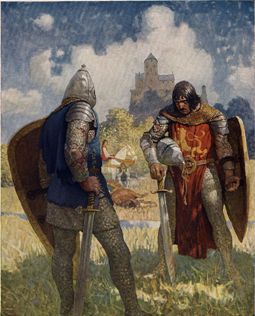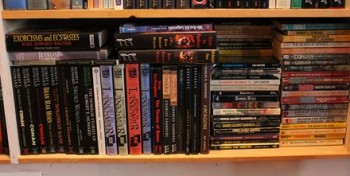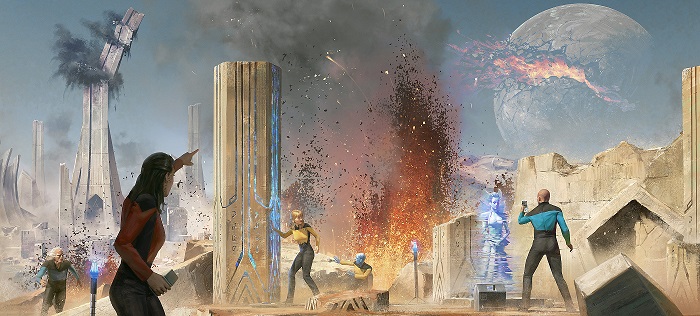Rogue One: I Am One With the Force and the Force Is With Me

When I was eight years old, some friends of the family gave me The Star Wars Storybook. Back in 1979, there was just one movie (and a confusing, once-seen Christmas special), and the action figures.
Everything I could learn of the larger universe of the movie that had changed my life was in that book. I wanted to know about the rebels, the past of Darth Vader and Kenobi, and who were these alliance pilots and Grand Moff Tarkin?
Some questions were answered in Empire, and Return of the Jedi, and others I got through comic books (I really enjoyed the Marvel Star Wars comic series started in 1977). And of course, we have the Jar-Jar infected prequels, which, with just enough denial, can be watchable for the light saber fights, or shown to children, who love them.
But it was only yesterday, when I saw Rogue One, that I saw the world I’d glimpsed when pressing my face against the glass as an eight-year old. I watched Rogue One with my brother, his eleven-year old son, and my own eleven-year old. And I really enjoyed it, in a complex way.
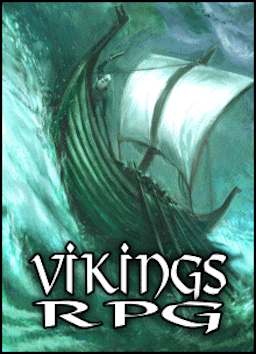
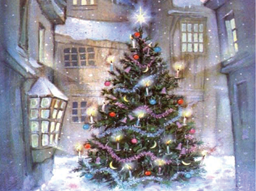

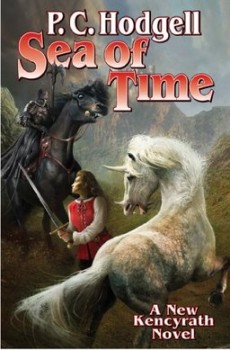
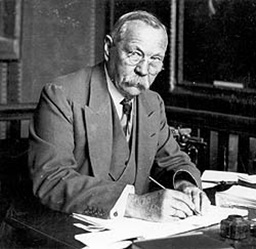
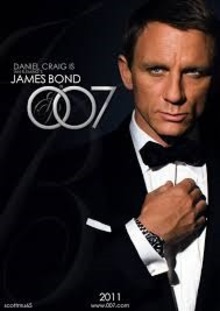 Lately I’ve been looking at adaptations, both novel-to-movie, and novel or movie to TV series. I been talking about them in terms of what I thought was successfully done, and occasionally pointed at my favourites. In their comments people observed that while they agreed, for the most part, with my suggestions, they had suggestions of their own. All of us had to admit, however, that we were sometimes unfamiliar with either the source work, or the adaptation, or even both.
Lately I’ve been looking at adaptations, both novel-to-movie, and novel or movie to TV series. I been talking about them in terms of what I thought was successfully done, and occasionally pointed at my favourites. In their comments people observed that while they agreed, for the most part, with my suggestions, they had suggestions of their own. All of us had to admit, however, that we were sometimes unfamiliar with either the source work, or the adaptation, or even both.